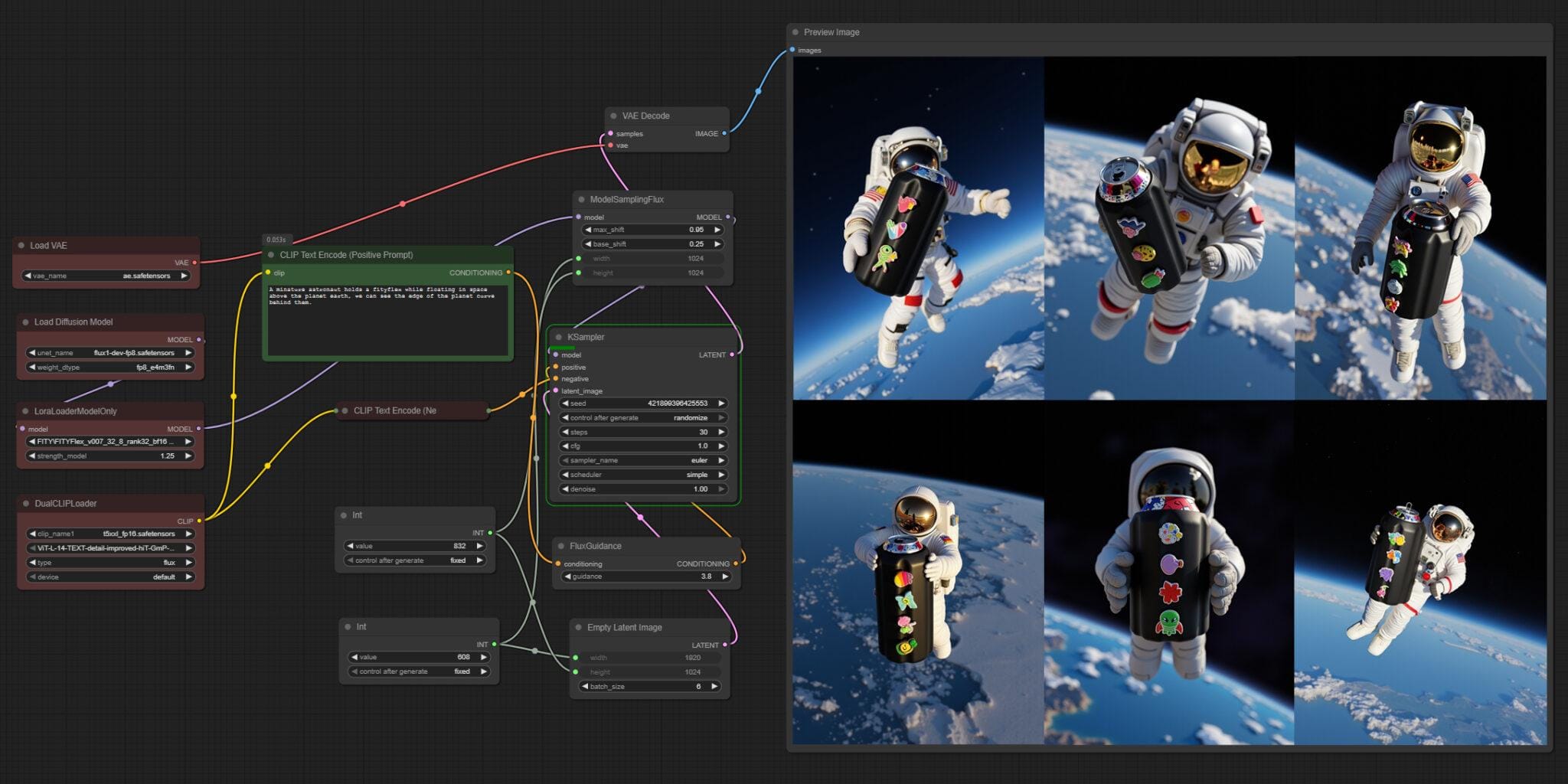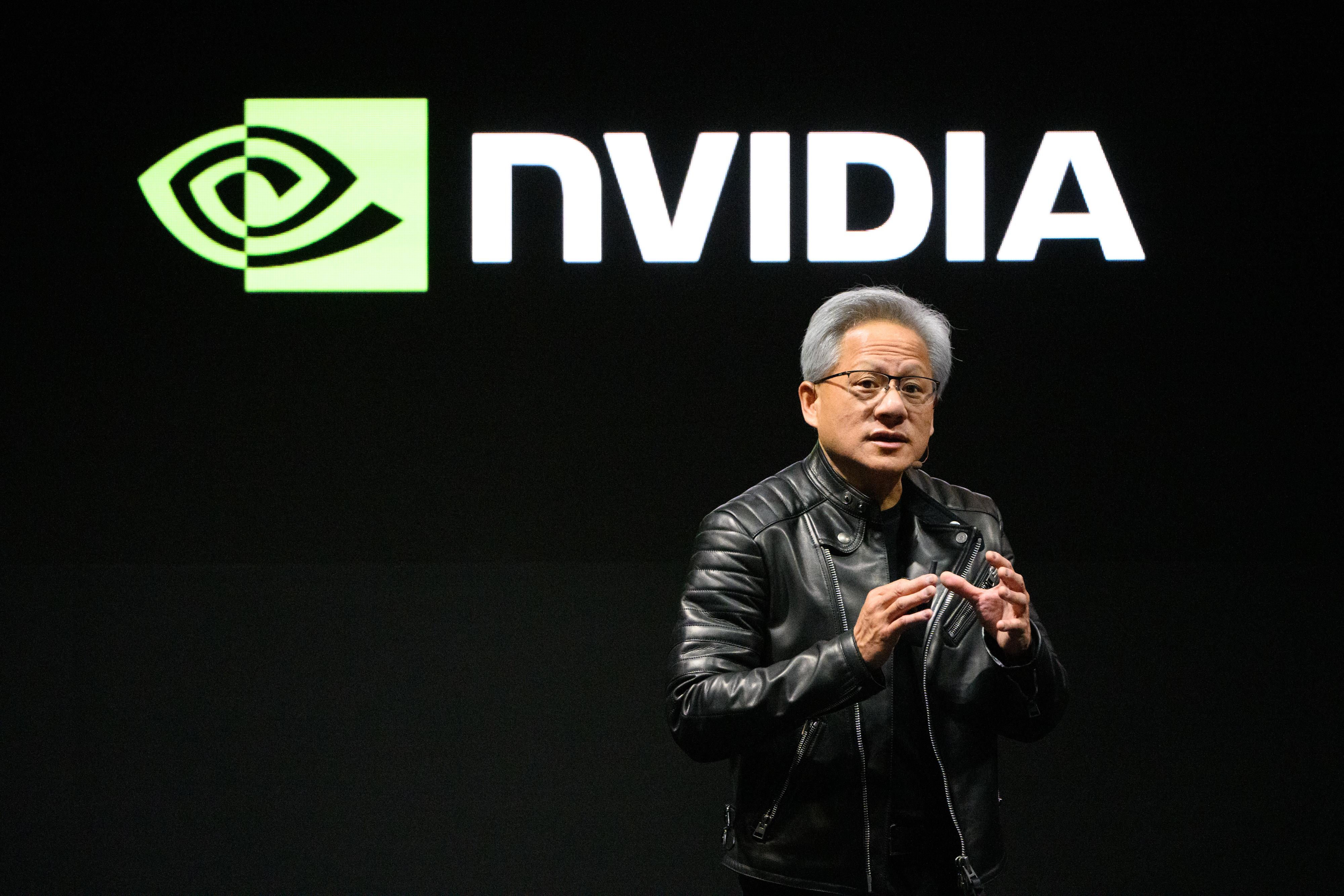
The ever-present challenge of thermal management in electronics is constantly demanding innovative solutions. Now, a startup is leveraging the power of NVIDIA RTX-powered generative AI to revolutionize cooler design. By utilizing advanced algorithms and high-performance computing, this company is not only optimizing cooling performance but also pushing the boundaries of what’s possible in form factor and material selection, promising to make coolers more efficient, more aesthetically pleasing, and more accessible than ever before. This article explores the transformative impact of AI on cooler technology and the specific breakthroughs achieved by this pioneering firm.
Table of Contents
- NVIDIA RTX Fuels AI Driven Cooler Design Revolution
- Generative AI Optimizes Thermoelectric Material Usage and Heat Dissipation
- Recommendations for Integrating AI in Thermal Management Product Development
- Future of Sustainable Cooling Solutions Through Generative Design Approaches
- Q&A
- Key Takeaways

NVIDIA RTX Fuels AI Driven Cooler Design Revolution
Imagine a world where your PC cooler isn’t just a functional necessity, but a work of art, perfectly optimized for both aesthetics and thermal performance. A groundbreaking startup is turning this vision into reality by harnessing the power of NVIDIA RTX GPUs and generative AI to revolutionize cooler design. They’re moving beyond traditional engineering methods, allowing AI algorithms to explore a vast design space, creating innovative cooling solutions that were previously unimaginable.
Their approach leverages the parallel processing capabilities of NVIDIA RTX cards to accelerate the generative AI process. The AI models are trained on vast datasets of thermal simulations and fluid dynamics, enabling them to predict the performance of different cooler designs with remarkable accuracy. This allows them to:
- Identify novel fin geometries
- Optimize airflow pathways
- Minimize material usage
Consider the potential implications:
| Design Aspect | Traditional Method | AI-Driven Method |
|---|---|---|
| Design Iterations | Limited | Extensive |
| Optimization Speed | Slow | Rapid |
| Performance Limit | Moderate | Higher |
| Design Complexity | Simple | Advanced |

Generative AI Optimizes Thermoelectric Material Usage and Heat Dissipation
Imagine a future where your laptop never overheats, data centers run with unprecedented energy efficiency, and electric vehicles maintain optimal battery temperature effortlessly. This vision is closer than you think, thanks to a groundbreaking startup leveraging the power of NVIDIA RTX GPUs and generative AI to revolutionize thermoelectric material usage and heat dissipation.
They’re tackling the challenge of optimizing complex thermoelectric designs, which traditionally relies on trial and error and computationally expensive simulations. Their AI models, trained on massive datasets of material properties and heat transfer behaviors, can predict the optimal composition and configuration of thermoelectric materials for specific applications. This not only reduces material waste but also results in significantly more efficient heat dissipation. Their approach promises:
- Reduced Material Waste: Precise predictions minimize the need for extensive prototyping.
- Improved Heat Dissipation: Optimized designs lead to cooler running devices.
- Faster Development Cycles: AI-powered simulations accelerate the design process.
| Design Aspect | Traditional Approach | AI-Optimized Approach |
|---|---|---|
| Material Usage | High (Trial & Error) | Low (Precise Prediction) |
| Simulation Time | Weeks | Hours |
| Cooling Efficiency | Standard | Enhanced |

Recommendations for Integrating AI in Thermal Management Product Development
Inspired by this startup’s success, integrating AI, especially generative AI powered by NVIDIA RTX, into your thermal management product development can revolutionize design and performance. Here are key recommendations to get you started:
- Explore Generative Design: Utilize AI to automatically generate multiple design options for heat sinks, cold plates, and other cooling components based on performance targets, material properties, and manufacturing constraints.
- Optimize Thermal Simulations: Employ AI to accelerate and enhance computational fluid dynamics (CFD) simulations, predicting thermal behavior with greater accuracy and reduced computational time.
- Implement AI-Driven Material Selection: Leverage machine learning to identify and select the optimal materials for thermal conductivity, weight, and cost, based on specific application requirements.
- Predictive Maintenance: Develop AI models to predict the remaining useful life of thermal management systems based on historical data and sensor readings, enabling proactive maintenance and reducing downtime.
To fully leverage the potential, consider the following focused applications within your product development lifecycle, and explore how they might improve innovation:
| Phase | AI Application | Potential Benefit |
|---|---|---|
| Conceptual Design | Generative Design for Novel Geometries | Reduced Design Cycle Time, Improved Performance |
| Simulation & Analysis | AI-Accelerated CFD Predictions | Faster Turnaround, More Accurate Results |
| Material Selection | ML-Based Material Optimization | Enhanced Thermal Conductivity, Lower Weight |
| Testing & Validation | AI-Driven Experiment Design | Fewer Tests, Better Insights |

Future of Sustainable Cooling Solutions Through Generative Design Approaches
`
Imagine a future where your cooler isn’t just a box of ice, but a marvel of engineering precisely sculpted for optimal thermal performance and minimal environmental impact. This isn’t science fiction; it’s the reality a pioneering startup is forging with the power of NVIDIA RTX-powered generative AI. By leveraging advanced algorithms fueled by the RTX platform, they’re able to explore a vast design space, identifying cooler geometries that would be virtually impossible to conceive through traditional methods.
`
`
This innovative approach allows them to optimize for a multitude of factors simultaneously, resulting in coolers that are not only more efficient but also utilize less material and are easier to manufacture. Think about it: improved insulation, reduced weight, and optimized airflow, all contributing to a smaller carbon footprint. Consider the multiple factors involved in the creation of such advanced coolers:
`
| Factor | Advantage |
| Weight Reduction | Less plastic use |
| Thermal Performance | Lower energy consumption |
This generative design approach, accelerated by NVIDIA RTX, is a glimpse into how the future of sustainable cooling solutions will be shaped – one optimized polygon at a time.`
`
Q&A
Q&A: Cooling Innovation Powered by AI
We sat down with [Name and Title] at [Startup Name] to discuss their breakthrough use of NVIDIA RTX-powered generative AI to revolutionize the design and performance of cooling solutions.
Q: To start, can you briefly explain what [Startup Name] does and the problems you’re trying to solve in the cooling market?
A: At [Startup Name], we’re focused on pushing the boundaries of cooling technology. Traditional cooling solutions often rely on iterative design improvements and extensive physical prototyping, which is time-consuming and expensive. We aim to accelerate the innovation process and create more efficient and effective cooling solutions for a wide range of applications, from high-performance computing to smaller electronic devices, ultimately addressing the increasing need for better thermal management in a rapidly evolving technological landscape.
Q: How is [Startup Name] utilizing generative AI, specifically leveraging NVIDIA RTX technologies, to improve cooling performance?
A: We’re using generative AI powered by NVIDIA RTX to explore a much broader design space than traditional methods allow. By feeding our models with data about materials, fluid dynamics, and desired performance parameters, the AI can generate novel cooling designs that we wouldn’t have thought of ourselves. The RTX hardware enables us to perform computationally intensive tasks like Computational Fluid Dynamics (CFD) simulations at a significantly faster pace, allowing us to quickly iterate and refine these AI-generated designs. This allows for optimization focused on thermal performance, energy efficiency, and even manufacturability.
Q: What are the key benefits of using NVIDIA RTX GPUs for your generative AI workflows in this specific context?
A: NVIDIA RTX GPUs are critical for us for several reasons. First, the raw computational power is essential for training our complex generative AI models. Second, the support for ray tracing within the RTX architecture is invaluable for visualizing the thermal performance of our designs in a highly realistic manner. This allows us to identify potential hotspots and inefficiencies early in the design process. Finally, NVIDIA’s ecosystem of software and libraries, like CUDA and TensorRT, provides a robust and scalable platform for developing and deploying our AI-powered cooling solutions.
Q: Can you give us a specific example of how generative AI has led to a design breakthrough in one of your cooling products?
A: Absolutely. In the development of our latest [Specific cooling product type, e.g., liquid cooler for CPUs], we used generative AI to explore thousands of fin geometries within the cold plate design. Through this process, the AI identified a novel fin structure that significantly increased the surface area and improved heat transfer compared to our previous designs. This resulted in a [Quantifiable benefit, e.g., 15%] reduction in CPU temperature under heavy load. The complexity of this design made it unlikely that we would have discovered it through traditional modeling methods.
Q: How does this technology potentially impact the future of cooling technology and related industries?
A: We believe that generative AI will fundamentally change how cooling solutions are designed and manufactured. It will lead to more efficient, compact, and customized cooling systems that can be optimized for specific applications. This has implications for a wide range of industries, including high-performance computing, data centers, electric vehicles, mobile electronics, and even aerospace. The speed and efficiency gains offered by AI will allow companies to develop and deploy more innovative products faster and at a lower cost.
Q: What are the future research and development plans for [Startup Name] in the realm of AI-powered cooling?
A: We’re continuously refining our generative AI models and exploring new applications. We’re working on incorporating a wider range of design constraints, such as noise levels and material costs, into our AI-driven design process. We’re also investigating the use of AI to optimize cooling solutions for specific environmental conditions and user needs. Ultimately, we aim to create a fully autonomous design pipeline where AI can generate and optimize cooling solutions with minimal human intervention.
Q: Finally, what advice would you give to other startups or companies looking to leverage generative AI and NVIDIA RTX technologies for similar engineering applications?
A: My advice would be to start small, focus on a specific problem, and build a strong team with expertise in both AI and the specific engineering domain. Don’t be afraid to experiment and iterate. NVIDIA provides a wealth of resources and support to help developers get started with RTX and generative AI. Embrace the possibilities, and be prepared to be amazed by the creative solutions that AI can unlock.
Key Takeaways
In conclusion, [Startup Name]’s innovative application of NVIDIA RTX-powered generative AI marks a significant advancement in cooler design and manufacturing. By leveraging this technology, they are demonstrably improving performance, efficiency, and customization options, ultimately paving the way for a new generation of coolers. As generative AI continues to evolve, we anticipate seeing even more disruptive and impactful applications across diverse industries, building upon the foundation laid by companies like [Startup Name].

